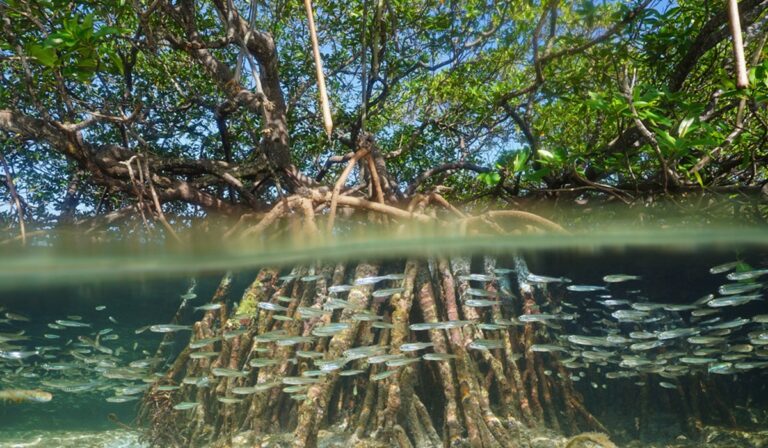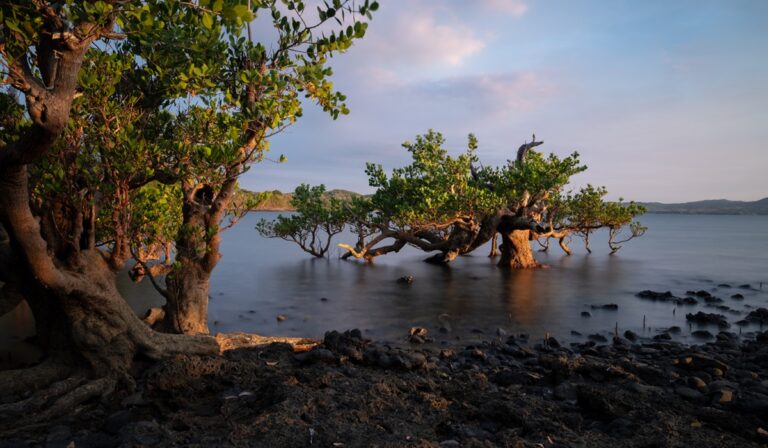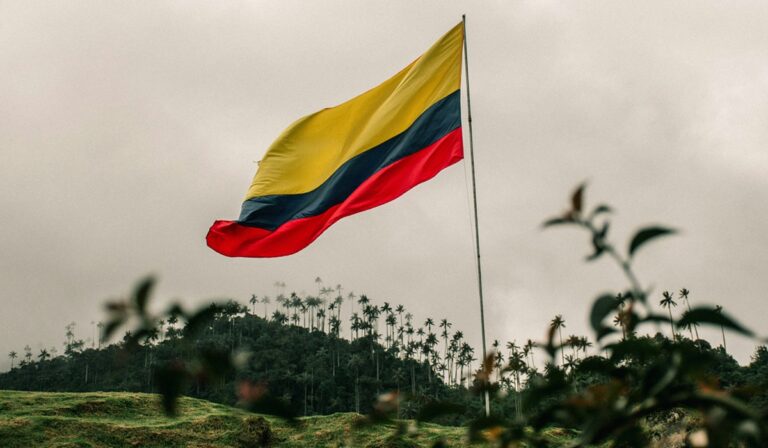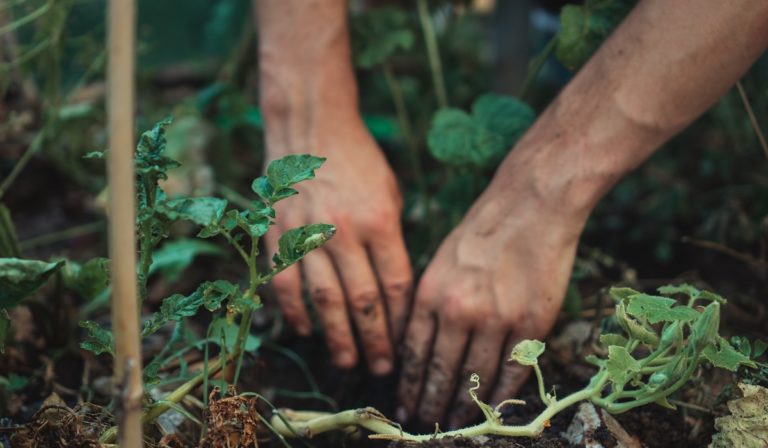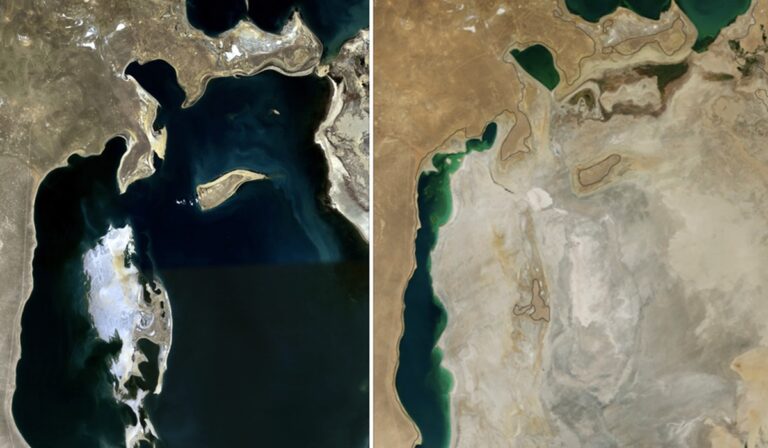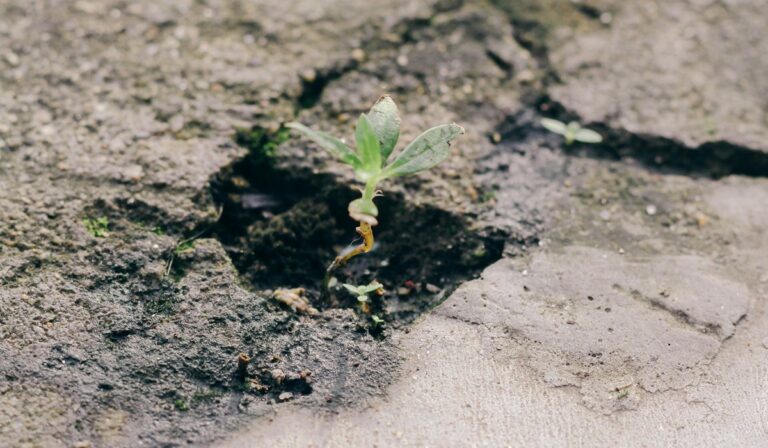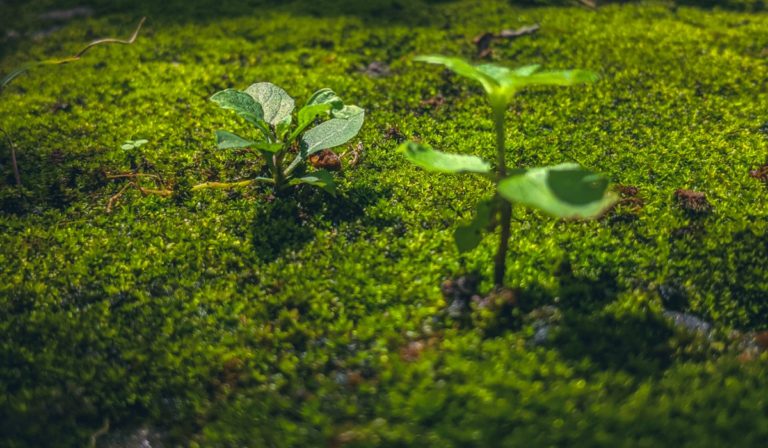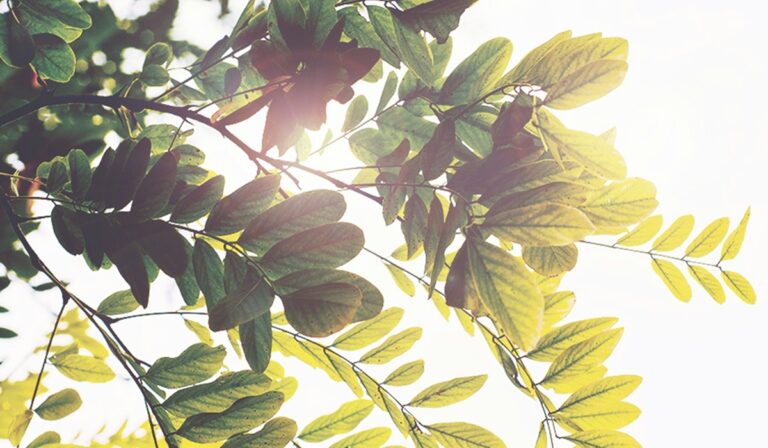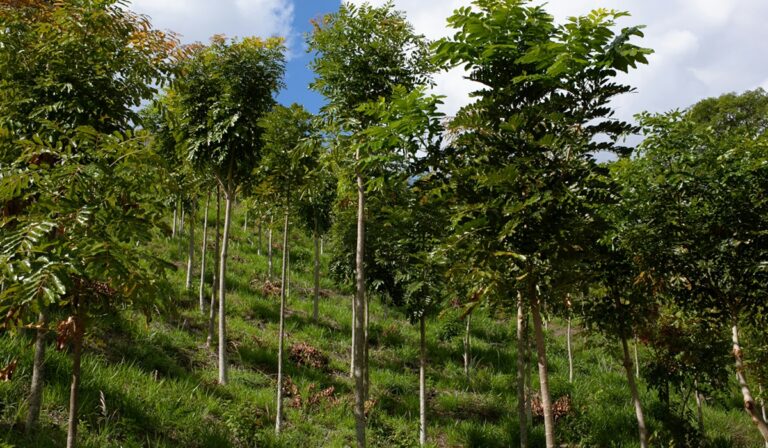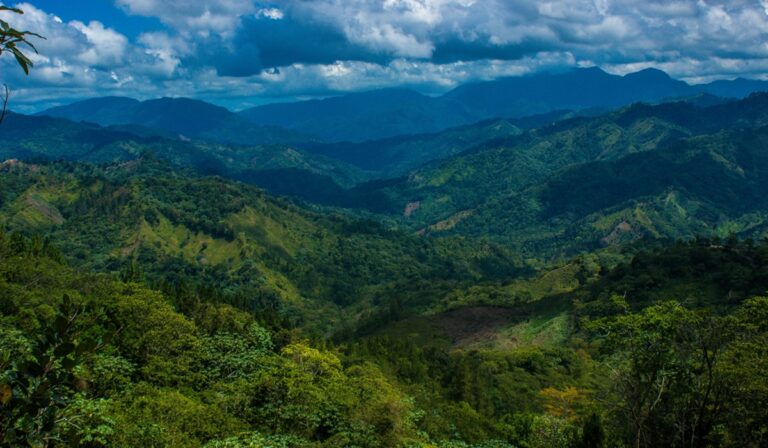Bangladeshi women embrace mangrove restoration as an alternative livelihood
The vast Sundarbans mangrove forests along the southern coast of Bangladesh act as a shield and protect the coastal people and their livelihoods from tropical cyclones and tidal surges. In the last couple of years, the number of mangroves in the zone has increased as the government and some NGOs have introduced programs to plant mangrove trees on the coastal embankments as protection measures. Women from coastal villages, who know the ecosystem well, have been at the forefront of these reforestation projects and have also become entrepreneurial with mangrove forest resources.
Bangladeshi women embrace mangrove restoration as an alternative livelihood Read more

